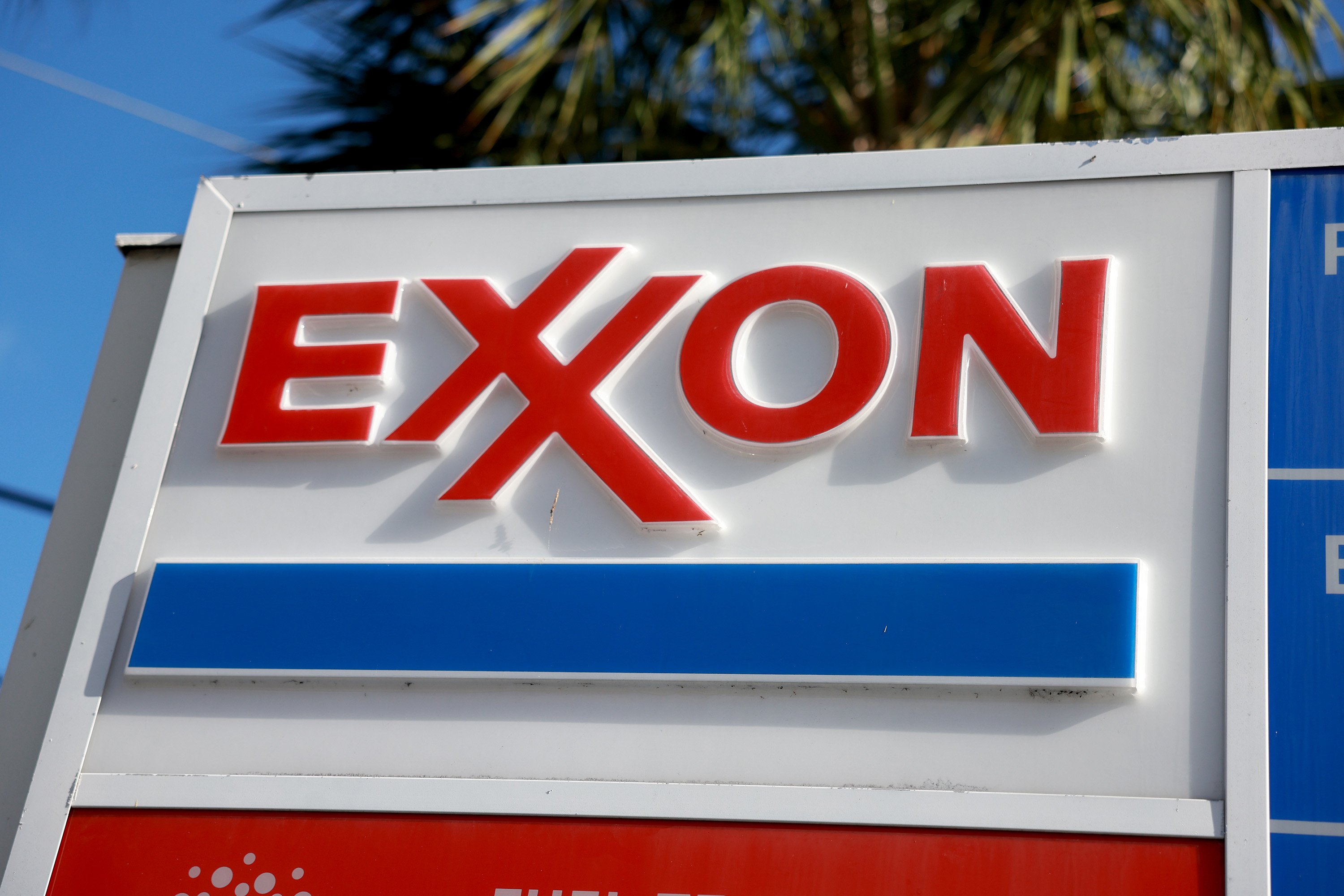If you are looking at energy stocks like ExxonMobil (XOM +1.25%) today, there are two things you need to keep in mind. From a big-picture perspective, the energy industry is highly cyclical. From a company-specific perspective, financial strength is what allows companies to pay reliable dividends.
With energy prices high today, both of these factors are as important as they ever have been. And ExxonMobil is a star on both fronts.
Just how bad does it get?
It was an unusual situation, but in 2020 U.S. oil drillers were briefly faced with negative prices for the commodity they sell. Essentially, they were paying customers to take their product. That's how bad things got when economies around the world were effectively shut down in an effort to slow the spread of the coronavirus pandemic, leading to a sharp decline in energy demand. Now, just a few years later, West Texas Intermediate crude is fetching $77 a barrel.
Brent Crude Oil Spot Price data by YCharts
This particular swing, from less than zero to $77, was shocking, but it isn't unusual in the energy sector. Just look at the graph above of international energy benchmark Brent Crude and you'll clearly see how quickly and dramatically energy prices change. The industry is highly cyclical.
Sticking to it
Knowing that going in, investors should tread with caution at all times, but particularly when oil prices are peaking. That's basically the case today: ExxonMobil posted a massive 160% year-over-year gain in adjusted earnings per share. A comparison to 2020 wouldn't be meaningful because the energy giant lost money that year.
Brent Crude Oil Spot Price data by YCharts
But here's the interesting thing: The company supported its dividend through the downturn. And in fact, it has increased the full-year dividend every year for four decades. Clearly ExxonMobil has figured out how to run its business in a highly cyclical environment while continuing to reward investors with a reliable and growing dividend.
The playbook
A big piece of this story is the board of directors, which is the group that actually sets the dividend policy. Clearly, the board believes it is important to have a reliable dividend. But management, knowing this, has to make that happen. And the way it does that is with its balance sheet.
Brent Crude Oil Spot Price data by YCharts
A quick and easy way to visualize this is with the debt-to-equity ratio, a measure of leverage. At the start of 2020, ExxonMobil's debt-to-equity ratio was around 0.25 times. That would be a pretty modest figure for any company, providing material leeway for adversity. That leeway was vital for ExxonMobil in 2020 given the energy market that year, with the company taking on debt so that it could continue to support both the business and the dividend in a money-losing year.

NYSE: XOM
Key Data Points
By the end of 2020, the company's debt-to-equity ratio peaked at around 0.4 times. That was a drastic increase that had some investors worried, and perhaps rightly so given the swift change. But ExxonMobil was confident that energy would eventually rebound, which it did. By the end of 2022, ExxonMobil had used its robust earnings to reduce leverage and push the debt-to-equity ratio down to a level lower than where it was at the start of 2020. In other words, it is getting ready for the next cyclical downturn.
The safety trade off
There's no way to predict the future, but history does have a certain rhyme to it. And ExxonMobil clearly understands the history of the energy sector quite well. In fact, its diversified business is vertically integrated in an attempt to help reduce revenue and earnings volatility, with downstream (processing, where oil is a key input and cost) businesses often performing well when upstream (drilling, where oil price increases and declines directly impact financial results) operations are struggling. The balance sheet management that goes on is simply another piece of the safety-first playbook. If you are looking at oil today, while energy prices are on the high side, you should strongly consider a company like ExxonMobil, which is already preparing for the next industry downturn.








